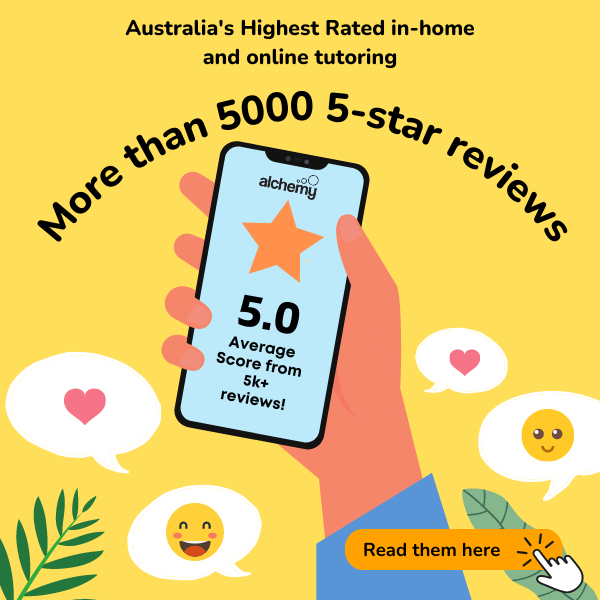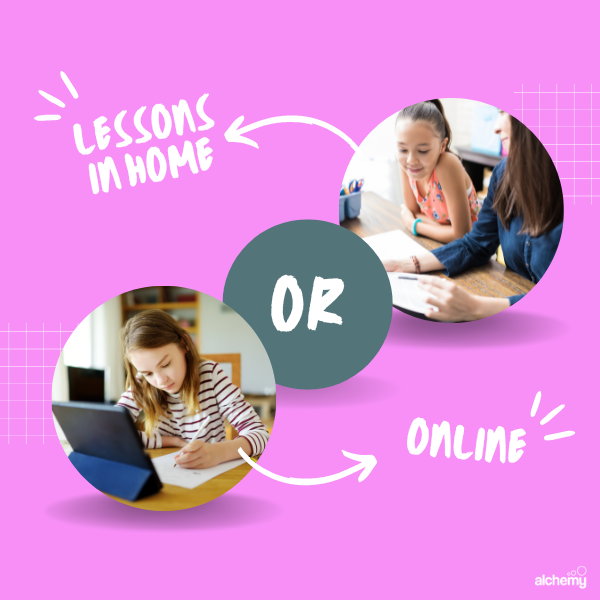Storytelling is a fundamental part of life and something that makes us human. It helps us understand our world and contextualise it when relating to others. It also allows some people to confront and pour out their emotions. We can build our ability to tell a story through creative writing, which also has many cognitive benefits.
What is Creative Writing?
Creative writing is a broad field, and its definition may vary depending on who you ask. But, the simplest way to describe it is as any piece of writing that tells a story. Usually, the story conveys a message or seeks to elicit an emotion. But it’s not always the case. Some pieces of creative writing include:
- Novel
- Short stories
- Plays
- Songs
- Short stories
- Memoirs
- Speeches, among others.
What are Creative Writing Activities?
These activities teach creative writing and serve as drills to exercise your writing and creativity muscles. Creative writing activities can help you overcome the blank paper phobia and make it easier to bring your stories alive with words.
The best way to think of creative writing exercises is like writing prompts that immediately come to mind. However, writing prompts are an example of creating writing. There are other activities, including games, sensory activities, collaboration with other writers, and comic strip creation, to name a few.
Why not get in touch with one of our English Tutors for support?
Unlike writing assignments, creative writing activities aren’t necessarily meant to create a perfectly final product. Instead, they’re more like a warmup to boost your imagination and get your creative juices flowing.
How You Can Use Creative Writing Exercises Effectively
Like other tools, creating writing exercises can only work when used effectively. They can inspire and engage the students and help them become more productive. However, not all exercises will work for all ages, so you need to ensure you pick the right exercises for the right group.
For Kids or Beginners
Kids and beginner writers tend to have many misconceptions about writing. They often think of writing as a one-time event where they sit, write, and polish their story from beginning to end.
However, it’s an enormous task that even most experienced writers cannot complete in one sitting. Instead of directing the students to complete an essay, you can start with simple, short writing exercises for the elementary students. These can include:
- Verbally describing a recent dream
- Creating comic strips using a template
- Writing a poem using rhyming words you provide
- Creating an acrostic from special words.
Writing exercises for beginners don’t have to result in a finished piece of work. The goal should be to encourage creative thinking and help the student put pen to paper.
Some of the creative writing exercises you can consider for early learners and beginner writers include the following:
Story Chains
This is a fun and giggly writing activity that kids will love. The activity here is to start a story with a sentence and let participants continue the next sentence of the story. The exciting part about this activity is how the flow of the story depends on the group.
Some great prompts you can use to get started include:
- You meet a girl sitting alone at a park, looking sad. You walk towards her and ask her a question.
- The main character touches a painting in a museum and magically finds himself in another dimension.
Picture Prompts
Picture prompts are another great creative writing exercise that can encourage participants to let their words flow. The moderator can present a series of pictures as prompts. For the best results, choose vague and open-to-interpretation pictures. Students can write a few paragraphs or a short story based on their interpretation of the pictures.
Diary Entry
Writing a diary is also an effective creative exercise that keeps students writing. Diary writing can encourage reflection and self-awareness when you ask participants to write about a specific life event.
You can throw a spanner in the works by giving prompts like gratitude, favourite memories, aspirations and letters to your future self.
You can also ask learners to write diary entries from the perspective of various characters in a story or movie. This exercise develops creative writing skills and can help with socialisation and building bonds among the participants.
Make Your Own Comic Strip
Comic strips are a popular creative writing exercise for kids. They are fun and encourage students to think of a short story and convert it into a comic strip. Alternatively, you can provide pictures of a comic strip and let students practice their creative thinking by filling in the speech bubbles of the comic strip.
For Middle School
Middle school learners can also benefit from creative writing activities. They can be more innovative because their brains have developed more, and they have the fundamental reading and writing skills to wield their words properly.
There are various middle school creative writing skills you can use. What you choose depends on the class and their progress in creative writing. Some common choices include:
- Writing a family newsletter
- Creating crossword puzzles
For High School
High schoolers are starting to prepare for college essays and other important creative writing assignments. They must exercise their writing skills regularly, and there are different creative writing exercises that you can try to help the learners improve their writing and critical thinking skills.
Some of the creative writing activities you can try out for high school students and more seasoned writers include the following:
Hero Creation
Every story needs a hero, and this is an opportunity to test the writer’s creativity. Having a good character in your story greatly affects your readers. You should teach every attendee the value of having a hero in storytelling because it opens the doors to being better storytellers.
A hero is a big factor in every piece of writing and affects the flow of the story while making it easier for the audience to resonate with it. Beyond making the hero relatable, the hero must also be interesting so your readers can put the book down.
Choose Your Ending
You can also ask participants to write their endings from famous writings like Romeo and Juliet or even more recent and popular movies. The endings should have the same circumstances as the original story, but the learners should be challenged to adapt their choice of endings depending on the original author’s intent. This is an opportunity for learners to exercise their creative juices by giving the story their own ending while upholding the characters and circumstances in the original story.
Why not get in touch with one of our Online English Tutors for support?
Word Swap
Provide the students with a text and let them read it. Choose a specific and critical element in the story that will be swapped with something else, and allow their creativity to flow. After the word swap, let them have fun writing their version of the story.
Swapping words is a writing activity that exercises participants’ vocabulary and imagination skills as they try to transform and enhance the story.
Build Your Biography
Writing is one of the best ways to preserve legacy and history, and what better way than to challenge students to write their own biographies? This is also an important opportunity to introduce the students to a biography’s vital elements and practice writing one for themselves or their loved ones.
Prepare the students to gather as much information on their early lives as possible, including their education, career, life milestones, hobbies, passions, triumphs, challenges, and others, and get them to compile it into a story.
The main goal here is to see how descriptive and creative students get with storytelling and how vividly they can narrate their early lives by writing.
Story Reversal
This creative writing activity involves reframing your story by reversing character roles, story endings, and key moments in the story. This idea allows students to choose characters they want to reverse. For instance, the hero can become the villain and vice versa, and the brave can become weak. It is an excellent plot twist for students that can help them dig deep into their creativity to come up with a convincing and captivating story.
News Writing
Writing objectively is one of the arts that hasn’t lost its glory. Students can learn important techniques and principles of news writing and writing objectively while harnessing their creativity in storytelling. Students can be given plain information about an event, and they must reorganise the information and write a news article using that information.
Closing Remarks
There’s no shortage of creative writing activities that teachers can use to help build the capacity and creativity of the students they work with. When sorting through the activities, the most important thing is to consider the students’ level and pick activities that appeal to their age.
Young learners need fun and short-lived activities because of their short attention spans and because they also need activities that appeal to their fast-paced thinking.
Older students and writers can benefit from more thought-provoking and introspective activities that engage a thorough thought process and help them unlock their full creativity.
Besides picking the right activities, teachers should know that creative writing should be practised regularly for students to experience tangible results and build confidence in their storytelling skills.















